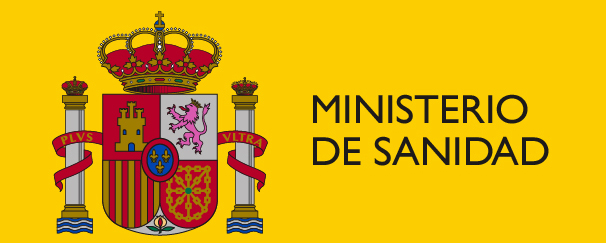Sondaje vesical
Una Recomendación de No Hacer es una indicación de abandonar una práctica clínica de escaso valor. El escaso valor lo determina el hecho de que la práctica no reporte ningún beneficio conocido para los pacientes y/o les ponga en riesgo de sufrir daños y además pueda suponer un derroche de recursos, sanitarios y/o sociales.
Las Recomendaciones de NO Hacer incluidas en el Catálogo son las que cumplen todos estos criterios.
Para solicitar la inclusión en el Catálogo, es preciso cumplimentar el formulario.
Ver más información sobre la Iniciativa NO Hacer
No colocar sondaje vesical a todos los pacientes que requieran el control de la diuresis, salvo pacientes gravemente enfermos que requieran un control estricto de la diuresis y sin poder asegurar micción espontánea voluntaria.
Sociedad Científica: Sociedad Española Medicina Urgencias y Emergencias (SEMES)
Lo E, Nicolle LE, Coffin SE, Gould C et al. Strategies to prevent Catheter-Associated Urinary Tract Infections in Acute Care Hospitals:2014 Update. Infect Control Hosp Epidemiol 2014;35:464-479
Igawa Y, Wyndaele JJ, Nishizawa O. Catheterization: possible complications and their prevention and treatment. Int J Urol 2008;15:481.
Hooton TM, Bradley SF, Cardenas DD et al. Diagnosis, prevention, and treatment of catheter-associated urinary tract infection in adults: 2009 International Clinical Practice Guidelines from the Infectious Diseases Society of America. Clin Infect Dis 2010;50:625.
No utilizar catéteres urinarios permanentes en pacientes sin indicación apropiada.
Sociedad Científica: Sociedad Española de Calidad Asistencial (SECA)
. Lo E, Nicolle L, Classen D et al. Strategies to prevent catheter-associated urinary tract infection in acute care hospital. Infect Control Hosp Epidemiol 2008;29:Suppl 1:S41-50
Meddings J, Krein SL, Fakih MG, Olmsted RN, Saint S. Chapter 9. Reducing unnecessary Urinary Catheter Use and other Strategies to prevent Catheter-Associated Urinary Tract Infections: Brief Update Review en Shekelle PG et al. Making Health Care Safer II. An Updated Critical Analysis of the Evidence for Patient Safety Practices. Comparative Effectiveness Review nº 211 (Prepared by the Southern California-RAND Evidence-Based Practice Center under contract nº 290-2007-10062-I). AHRQ Publication Nº 13-E001-EF. Rockville MD. Agency for Healthcare Research and Quality. March 2013. www.ahrq.gov/research/findings/evidence-based-reports/ptsafetyuptp.html.
Advances in the Prevention and Control of HAIs. AHRQ Publication Nº 14-0003. Prepared by IMPAQ International LLC, Columbia, MD, under contract Nº HHSA2900710071T. Rockville MD. Agency for Healthcare Research and Quality; June 2014
Medddings J, Rogers MA, Macy M et al. Systematic Review and meta-analysis: reminder systems to reduce catheter-associated urinary tract infections and urinary catheter use in hospitalized patients. Clin Infect Dis 2010; 51(5):550-560.
No mantener sondaje vesical más de 48 horas tras cirugía gastrointestinal.
Sociedad Científica: Asociación Española de Cirugía (AEC)
Nagle D, Curran T, Annez-Bustillo L, Poylin V. Reducing urinary tract infections in colon and rectal surgery. Dis Colon Rectum 2014;57:91-97.
Loeb M, Hunt D, O´Halloran K, Carusone SC, Dafoe N, Walter SD. Stop orders to reduce inappropriate urinary catheterization in hospitalized patients: a randomized controlled trial. J Gen Intern Med 2008;23.816-20.
Chen YY, Chi MM, Chen YC, Chan YJ, Chou SS, Wang FD. Using a criteria-based reminder to reduce use of indwelling urinary catheters and decrease urinary tract infections. Am J Crit Care 2013;22:105-114.





